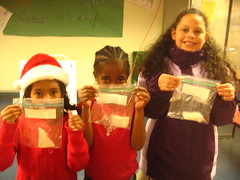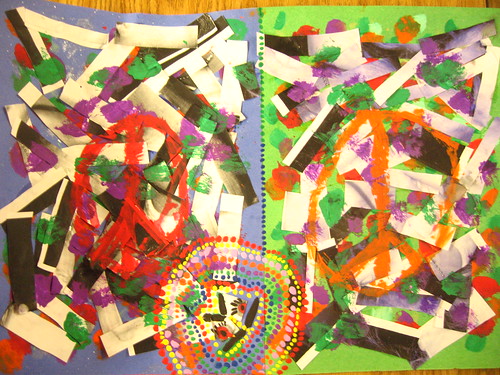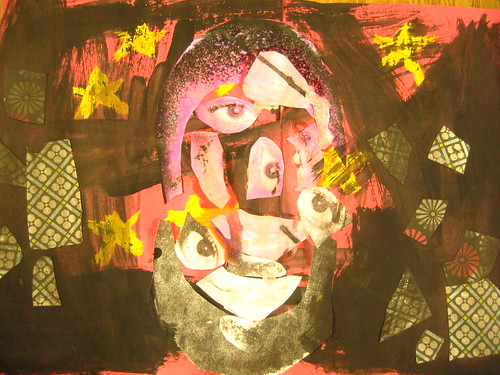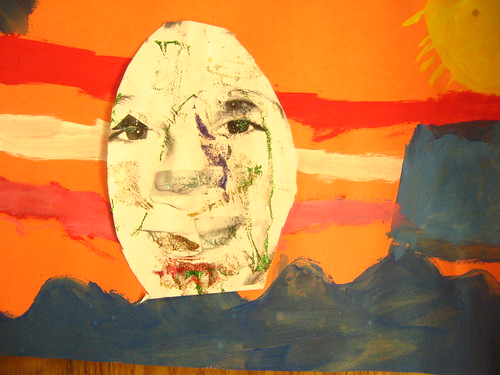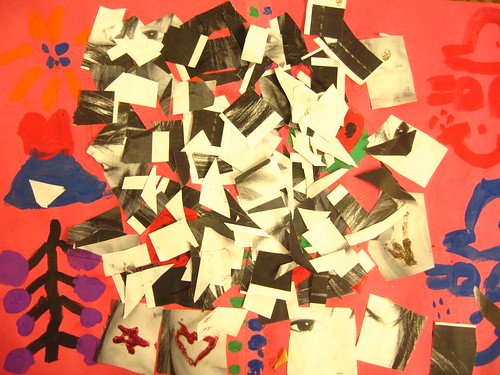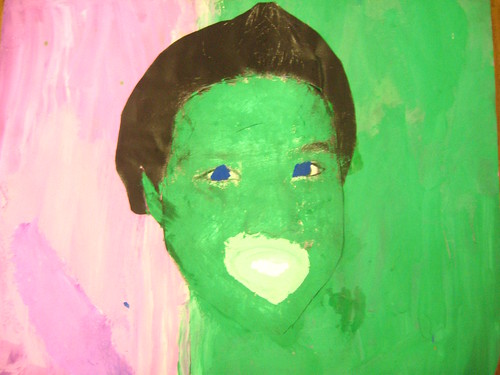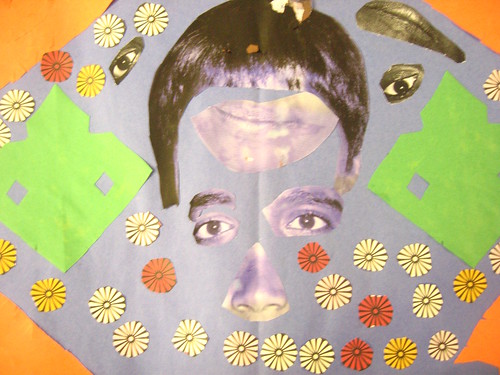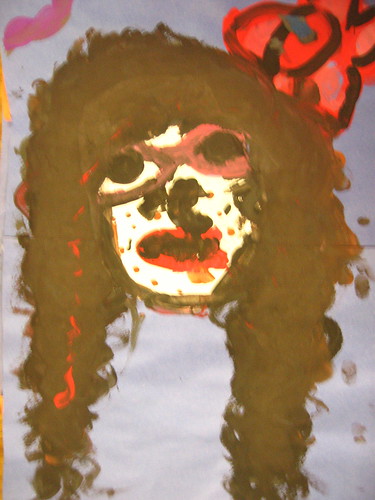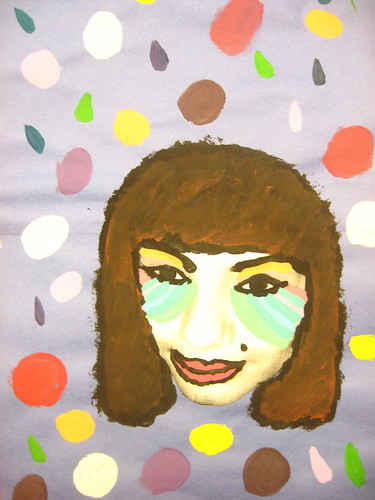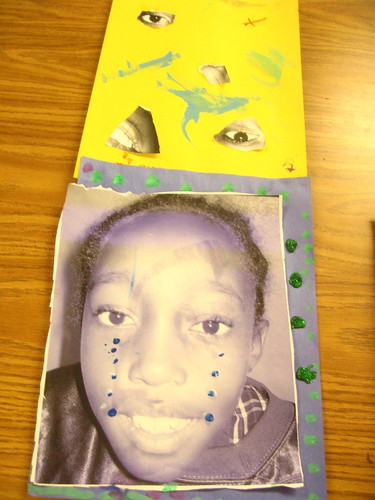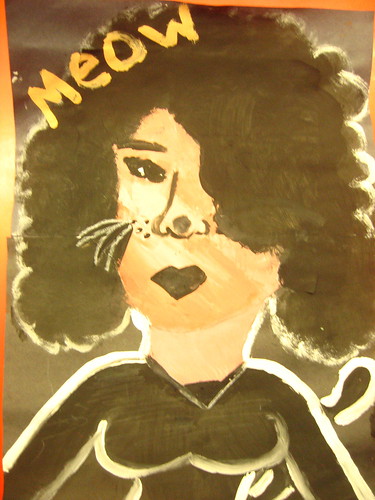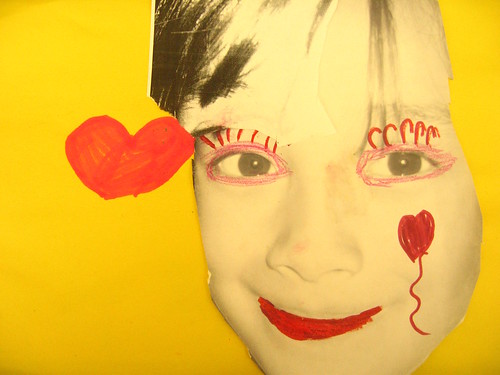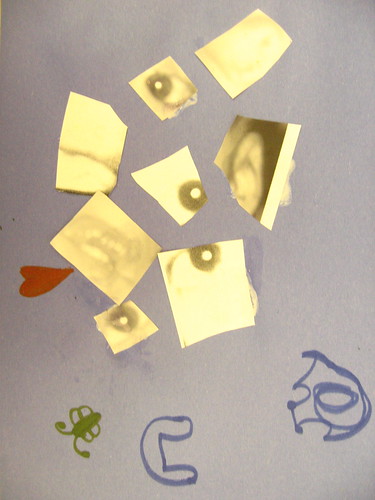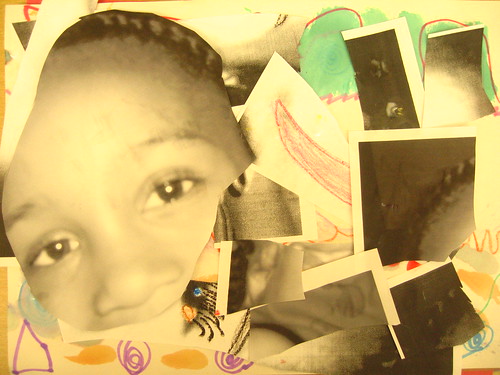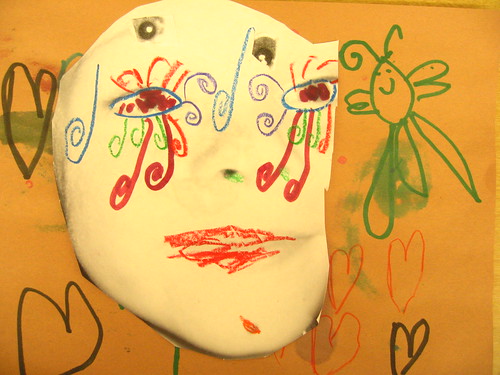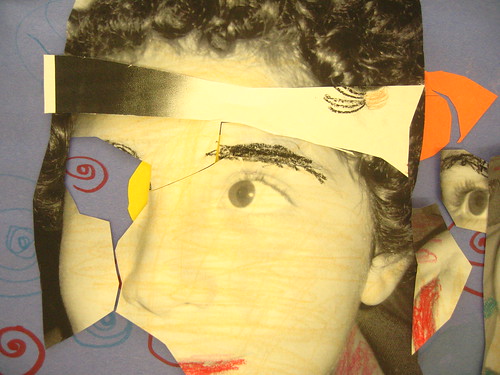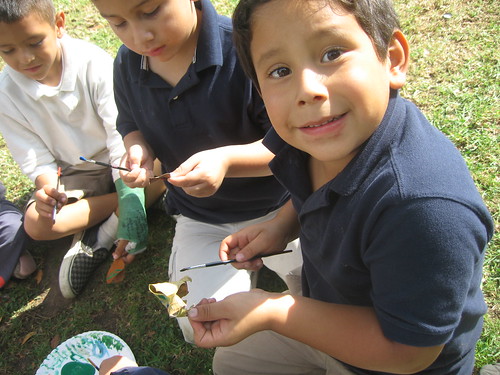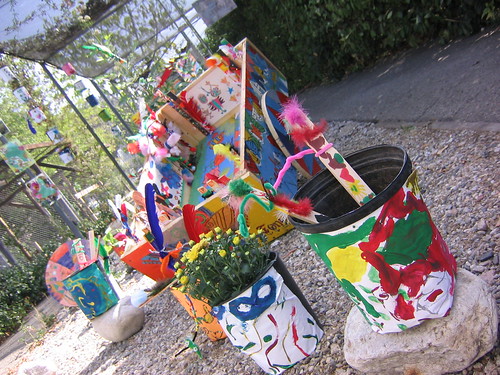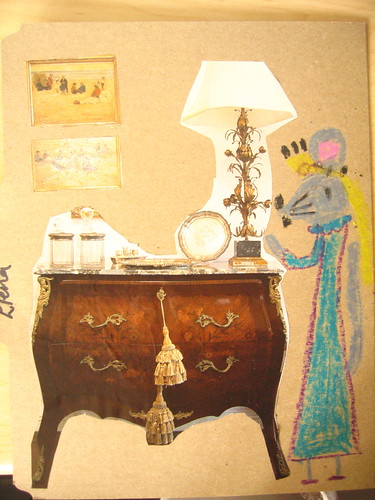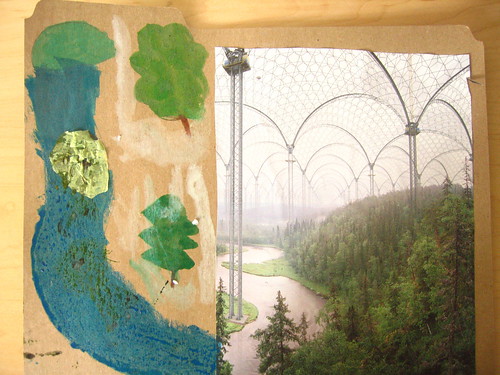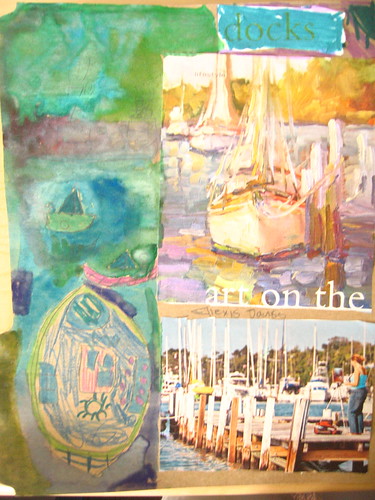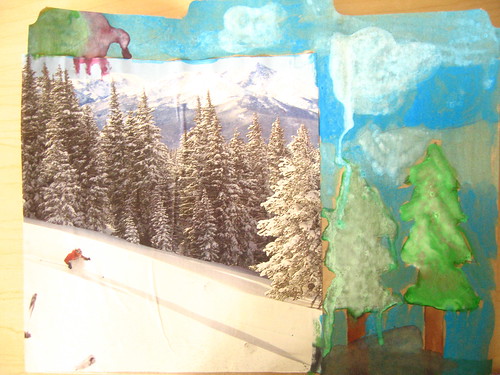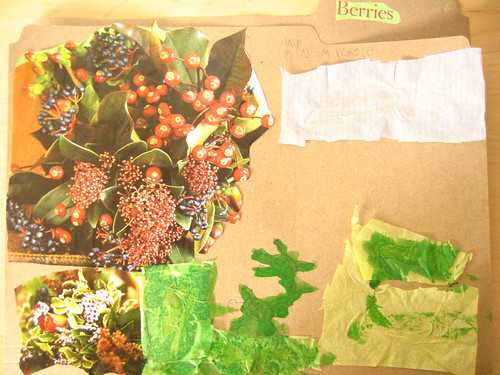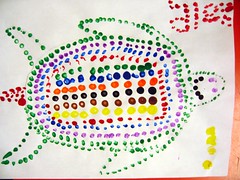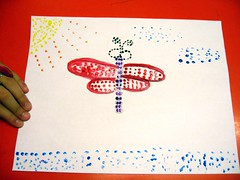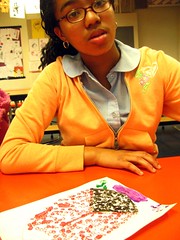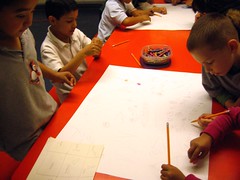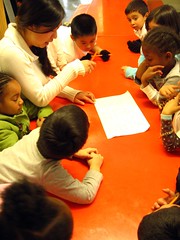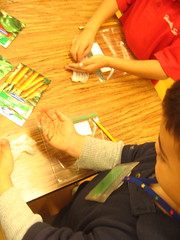

I like starting seeds this time of year; mild Southern California winters mean we can start planting the in the ground even before spring becomes official. Literally ‘planting the seed’ in their heads before break is a great way to get students thinking about all of our spring garden projects to come when they return to school.
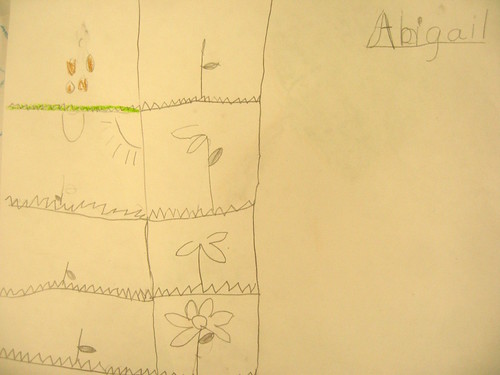
The project itself is fairly simple; we use wet coffee filters to host the seeds and then place them in plastic sandwich bags that go in windows. Students get to pick several types of seed they want to start, writing the name of each plant on that bag so we know what is what when planting time comes.
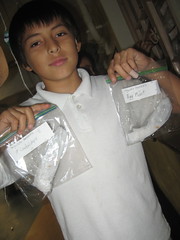

I always love watching their reaction to this project - for many, its one of the first time they have ever seen a seed, and it’s crazy to watch their expression as their mind races to figure out how such a small thing can grow into a plant! They love comparing seeds with their classmates, noticing the different sizes and textures. When we get back, they will also be charting which seeds have started and which haven’t, how big some art - creating a graph to compare and figure out if there are varying conditions (water, sun exposure, etc.) contributing to the differences; it’s a great segway to introduce concepts of the scientific process and it’s connection to art and creativity.


We have also been using the idea of ‘recipes’ a lot thematically lately (see earlier posts on them creating ‘recipes for a good community’), so in addition to the planting, students wrote or drew out ‘recipes’ for growing plants.
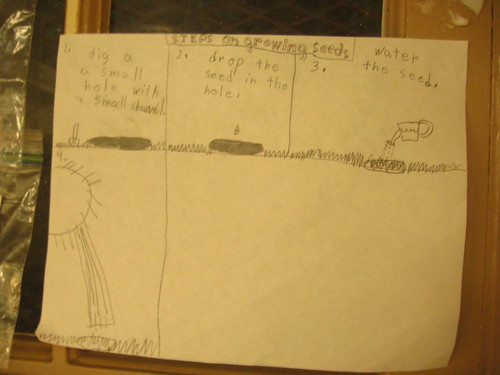


They are VERY excited about this project - already checking the seeds daily and asking if they can take the vegetables and fruit home to eat them! I am hoping we have some impressive results when we return to class in two weeks. We’ll have to contain ourselves to growing indoors for about two months, but I am already in talks with school principals on locations for our gardens this year, with high hopes that they can be big enough to yield enough food for students to use in cooking and nutrition lessons, and perhaps even to sell in an entrepreneurial/business project as well. Much more to come on all of this - keep checking back for updates!
Happy holidays!
